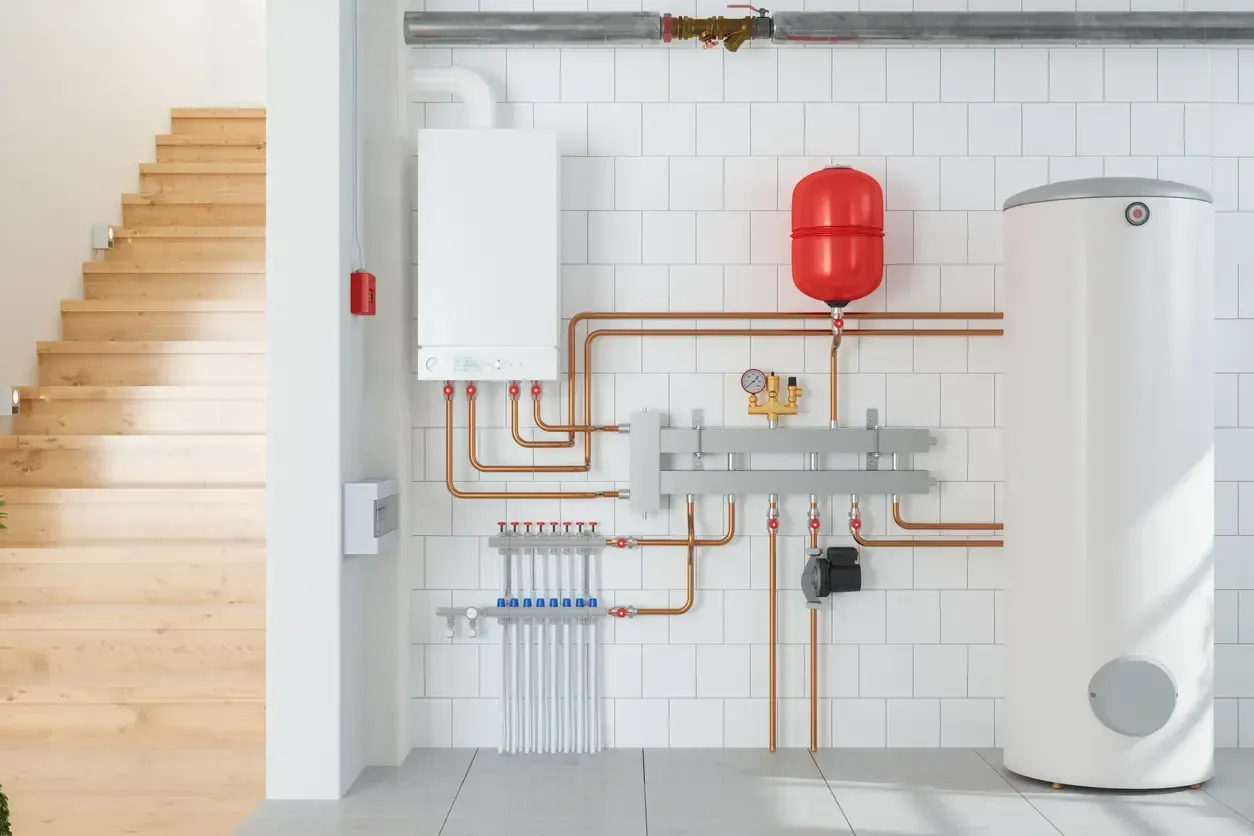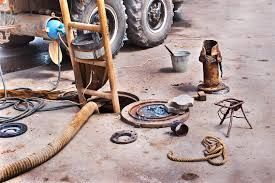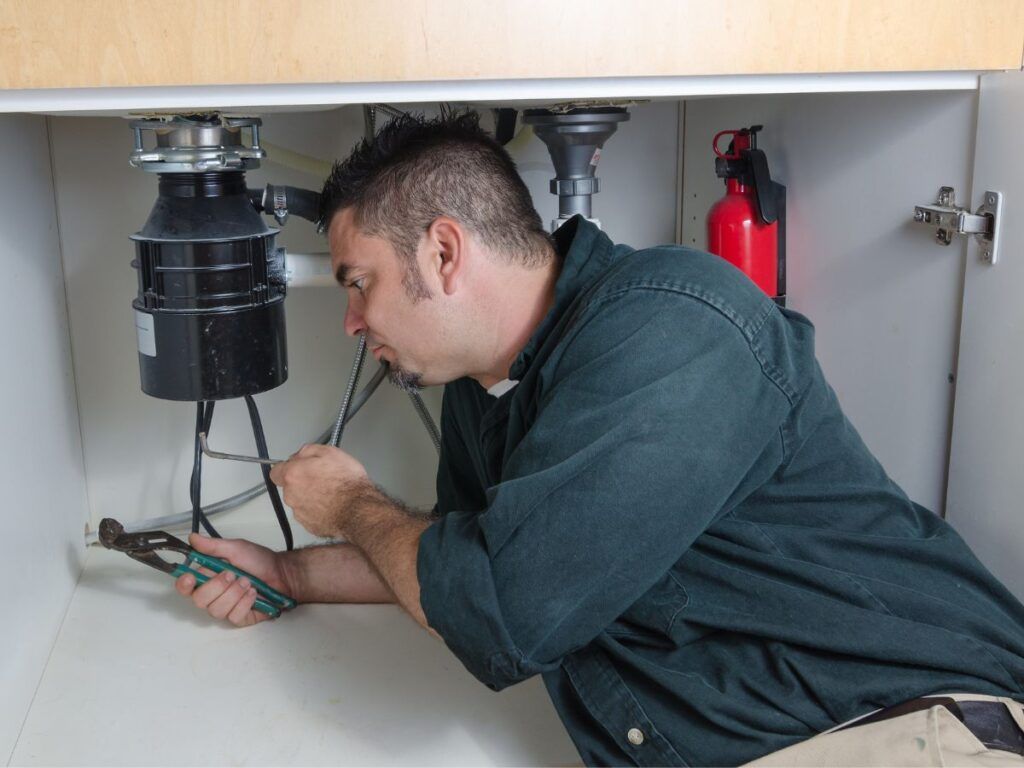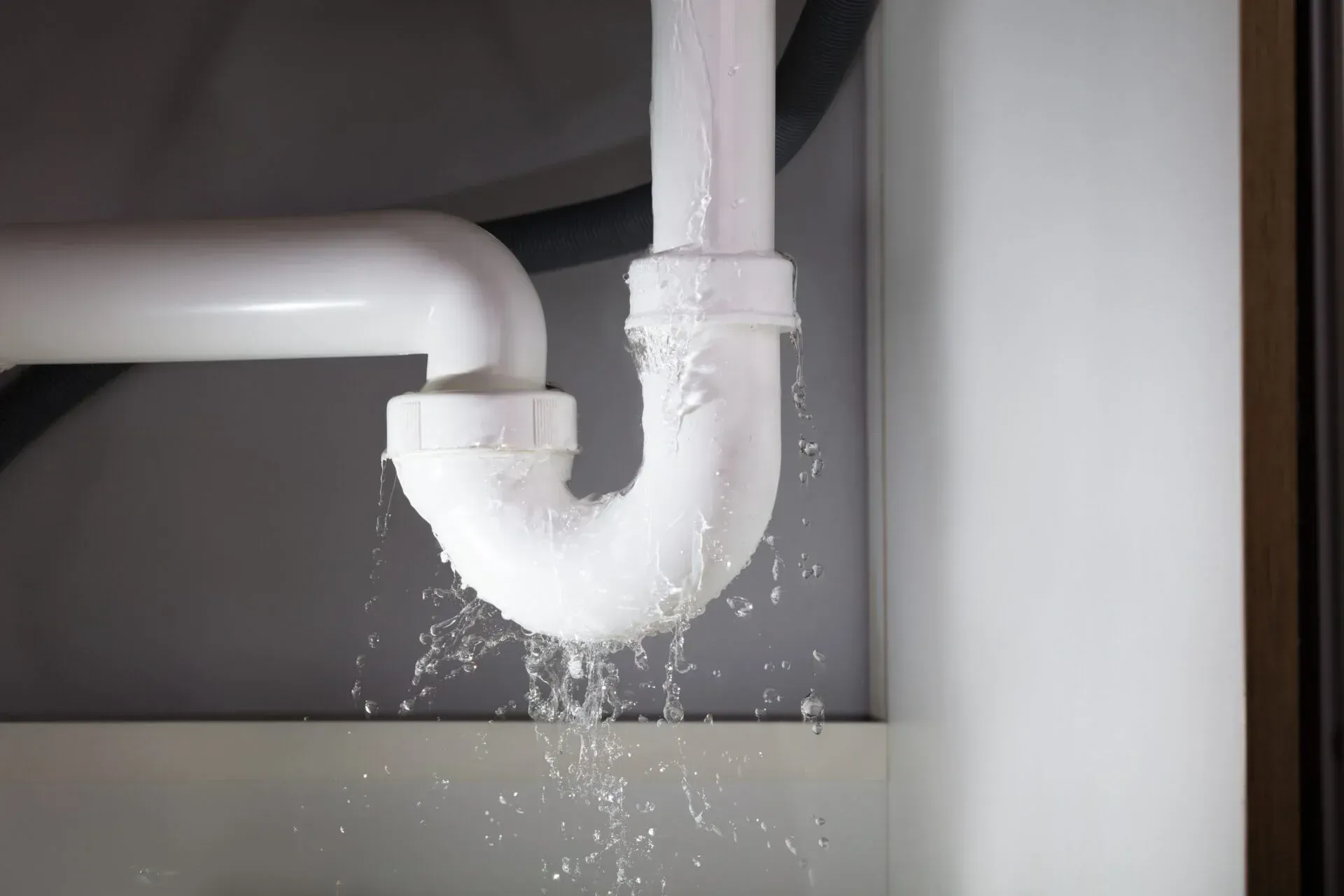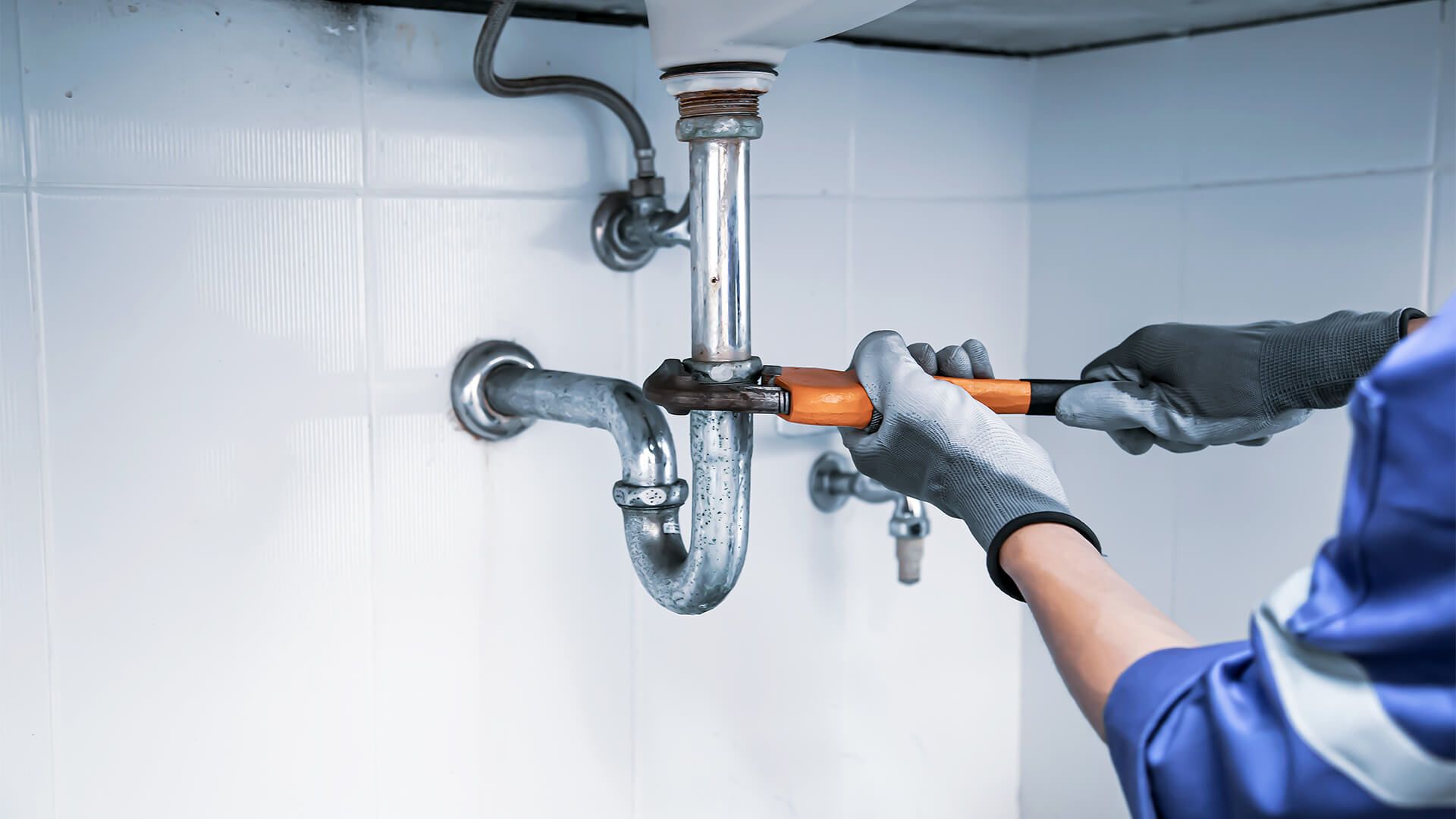How Much Water Does a Dripping Faucet Waste: Part 2
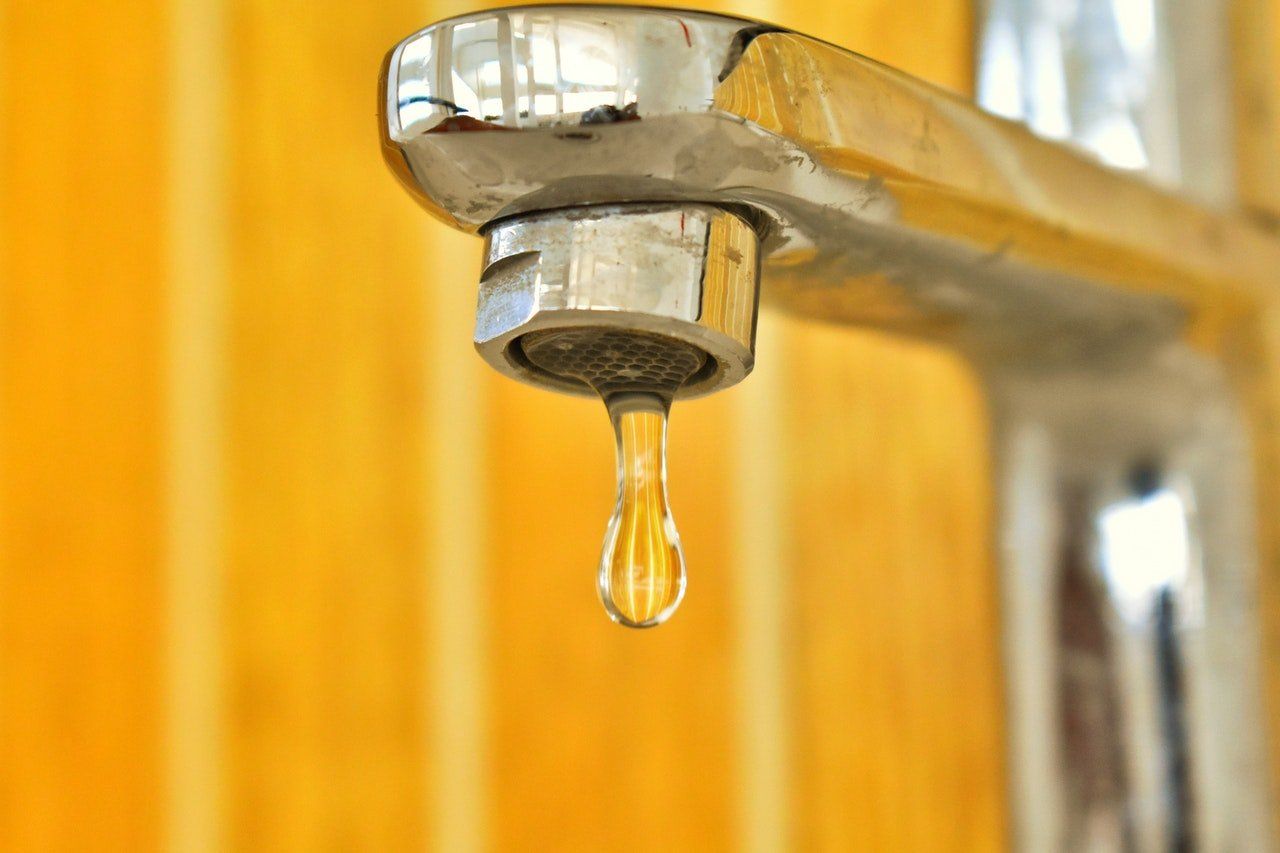
Many homeowners can repair leaky faucets without the help of a professional. The remedies are frequently as simple as disassembling the faucet and changing a few pieces. The faucet will stop leaking as long as you replace the pieces in the proper sequence. In the previous series of this article, we went into the financial repercussions of ignoring a dripping faucet. Now, we dabble into how homeowners can take matters into their own hands or get professional help.
If you feel comfortable performing the repair yourself, here’s what you should do if you come across a leaky faucet:
1. Turn Off the Water Supply
Turning off the water is one of the most crucial stages in repairing a leaky faucet. You may wind up flooding your bathroom if you do not turn off the water to the sink. Find the fixture shutdown valves beneath the sink and crank the knobs clockwise to turn off the water. Turn off the main water supply for the house if your faucet does not have a shutoff valve. Turn on the faucet to ensure that the water is turned off. If no water comes out, you’ve done your job.
2. Disassemble the Faucet Handles
Screws hold the handles of the faucet in place. Use your screwdriver to remove the screws and the handle. The handles usually have some sort of plastic piece in the center that can be removed and reused.
3. Remove the Faucet Spout
If the handle is loose, pull it out and remove the spout and the male pipe. To remove the spout, use a wrench and twist it counterclockwise. The spout will come right off.
If the spout is not loose, you might need to unscrew the metal retainer. Use your screwdriver and remove the retainer. Carefully remove the spout and the male pipe.
4. Try Cleaning
After removing all of the pieces, carefully clean them with white vinegar. This eliminates any water sediment that has accumulated on the components. Sometimes all the parts need is a thorough cleaning to stop the leakage. Try this first before attempting more extensive repairs.
5. Replace Worn or Damaged Parts
Replace any components that are old, worn out, or damaged. Locate the necessary parts from your local hardware shop. The best and most straightforward approach to obtaining the appropriate components for your leaky faucet is to take the old ones to a hardware store and request exact replicas.
6. Re-Install the Parts
When it’s time to put the parts back together, it’s always better to do it in the reverse order that you took them apart. Carefully replace the spout and the male pipe. Put the new O-rings on the male pipe before you screw the metal retainer back in. Replace the handles in reverse order and screw the handles back onto the faucet. Turn the water back on and ensure that the faucet is still working correctly.
When to Call a Professional For a Dripping Faucet
If your dripping faucet is coming from a cartridge or ball faucet, you may need to replace the entire unit. You’ll need to call a professional plumber if your faucet is leaking at the base or has dropped. If you have a leaking faucet, don’t wait to take action. Fix it immediately to avoid having to contend with a flooded bathroom and skyrocketing bills.
All City Plumbers is a reliable 24-hour plumber in Birmingham, AL. We offer high-quality, all-in-one plumbing services for residential and commercial properties. Contact us today!
